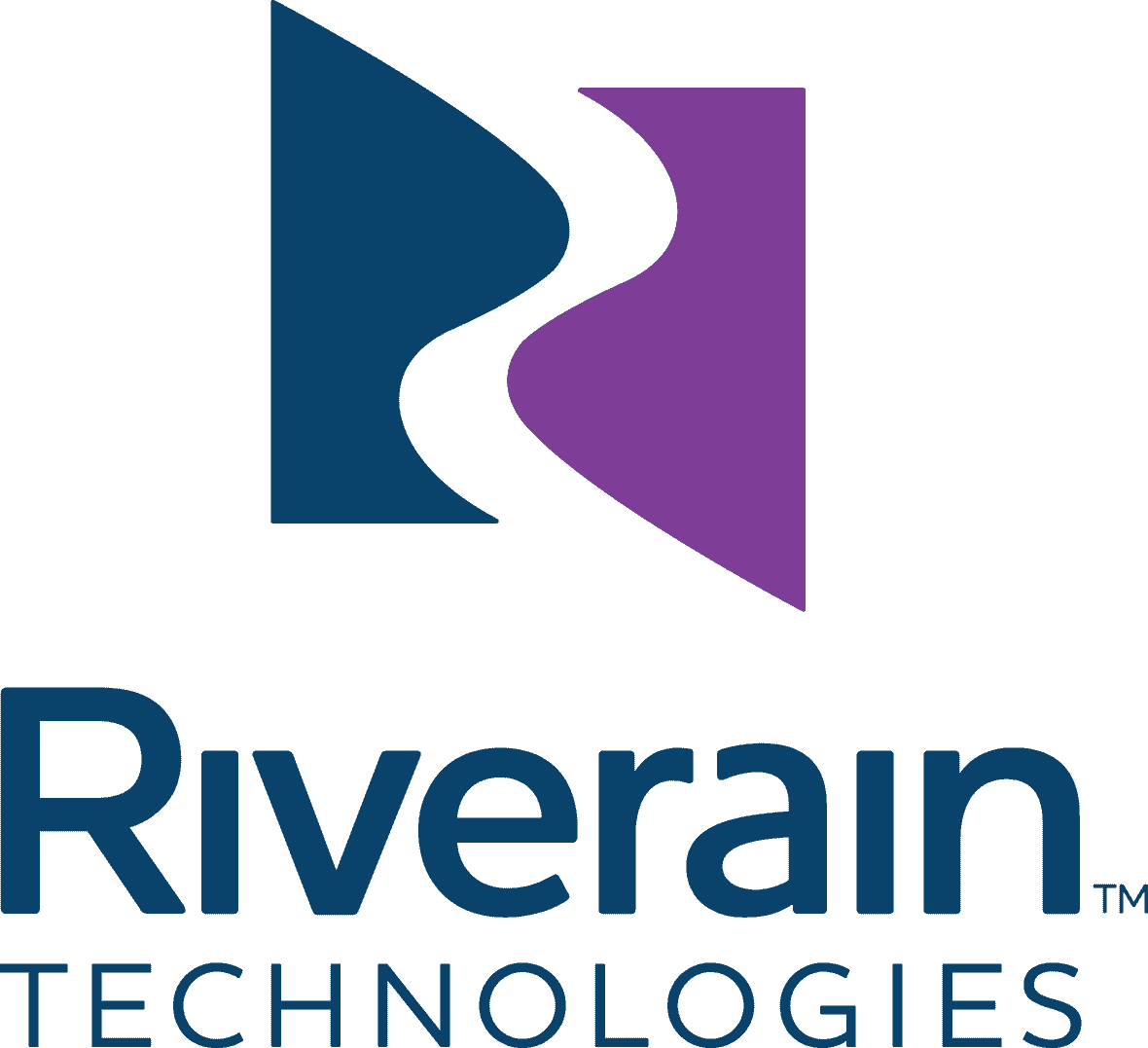|
Sirona Acquires Nines | Back to the Future
February 21, 2022
|
|
|

|
|
Together with
|

|
|
|
“I am a highly specialized reductionist. I complete my assigned tasks with industrial-level productivity.”
|
|
Saurabh Jha MBBS’s version of a high-performing modern radiologist.
|
|

|
|
Sirona Medical announced its acquisition of Nines’ AI assets and personnel, representing notable milestones for Sirona’s integrated RadOS platform and the quickly-changing imaging AI landscape.
Acquisition Details – Sirona acquired Nines’ AI portfolio (data pipeline, ML engines, workflow/analytics tools, AI models) and key team members (CRO, Direct of Product, AI engineers), while Nines’ teleradiology practice was reportedly absorbed by one of its telerad customers. Terms of the acquisition weren’t disclosed, although this wasn’t a traditional acquisition considering that Sirona and Nines had the same VC investor.
Sirona’s Nines Strategy – Sirona’s mission is to streamline radiologists’ overly-siloed workflows with its RadOS radiology operating system (unifies: worklist, viewer, reporting, AI, etc.), and it’s a safe bet that any acquisition or investment Sirona makes is intended to advance this mission. With that…
- Nine’s most tangible contributions to Sirona’s strategy are its FDA-cleared AI models: NinesMeasure (chest CT-based lung nodule measurements) and NinesAI Emergent Triage (head CT-based intracranial hemorrhage and mass effect triage). The AI models will be integrated into the RadOS platform, bolstering Sirona’s strategy to allow truly-integrated AI workflows.
- Nine’s personnel might have the most immediate impact at Sirona, given the value/scarcity of experienced imaging software engineers and the fact that Nines’ product team arguably has more hands-on experience with radiologist workflows than any other imaging AI firm (at least AI firms available for acquisition).
- Nine’s other AI and imaging workflow assets should also help support Sirona’s future RadOS and AI development, although it’s harder to assess their impact for now.
The AI Shakeup Angle – This acquisition has largely been covered as another example of 2022’s AI shakeup, which isn’t too surprising given how active this year has been (MaxQ’s shutdown, RadNet’s Aidence/Quantib acquisitions, IBM shedding Watson Health). However, Nines’ strategy to combine a telerad practice with in-house AI development was quite unique and its decision to sell might say more about its specific business model (at its scale) than it does about the overall AI market.
The Takeaway
Since the day Sirona emerged from stealth, it’s done a masterful job articulating its mission to solve radiology’s workflow problems by unifying its IT infrastructure. Acquiring Nines’ AI assets certainly supports Sirona’s unified platform messaging, while giving it more technology and personnel resources to try to turn that message into a reality.
Meanwhile, Nines becomes the latest of surely many imaging AI startups to be acquired, pivoted, or shut down, as AI adoption evolves at a slower pace than some VC runways. Nines’ strategy was really interesting, they had some big-name founders and advisors, and now their work and teams will live on through Sirona.
|




|
|
Unleash the Power of the Cloud
Change Healthcare’s cloud-native, zero-footprint Stratus Imaging PACS is now live in clinical use. See how Stratus Imaging PACS is helping radiology practices improve productivity and patient care, while eliminating the cost and resource constraints of on-premise systems.
|
|
Take the Canon AiCE Challenge
Take the AiCE challenge and see why half the radiologists in a recent study “had difficulty differentiating” images from Canon Medical Systems’ Vantage Orian 1.5T MR using its AiCE reconstruction technology compared to standard 3T MRI images.
|
|
- HAP’s MPFS & QPP Deep Dive: Healthcare Administrative Partners held their annual deep dive on the Medicare Physician Fee Schedule and Quality Payment Program (QPP) final rules, outlining how this year’s changes will impact radiology and how groups can respond. Highlights from this very comprehensive briefing include 2022’s new CPT codes (e.g. endoscopy capsules, TBS analysis), the latest in MIPS weighting and qualifications (e.g. quality -10pts to 30%, cost +10pts to 30%), qualifying for E&M (e.g. office, phone, and interprofessional consultation codes), and the overall revenue impact (down -0.82% overall, but major variations w/ different CPT codes). However, practice leaders who are focused on billing and reimbursements should check this out themselves.
- Back to the Future: JACR published an excellent opinion piece by Penn Medicine’s Saurabh Jha MBBS, detailing radiologists’ descent towards “highly specialized reductionists” focused on reporting productivity, and urging radiologists to revive the specialty’s previous focus on the whole patient. That might be hard to imagine given radiology’s direction, but Dr. Jha states a solid case for why it’s better for patients and health systems if radiologists become the “joiners of dots rather than the dots themselves.”
- Mutation-Based Screening: A new Memorial Sloan Kettering study supports expanding breast cancer screening for women with mutations in some lesser-known genes (not just the BRCA1 and BRCA2 genes). The researchers analyzed data from 12 population-based studies (32k cases, 32k controls), finding that women with ATM, CHEK2, or PALB2 mutations have high risks of developing cancer (20.9%, 27.6%, 39.5% lifetime risks). However, modified screening plans that begin with annual breast MRIs at 30-35yrs and add annual mammograms at 40yrs could cut their cancer mortality risks by more than 50%.
- Brain MRI Stroke AI: A Mass General Brigham team developed a ML model that was able to accurately detect and segment acute infarct in brain MRI exams. The team trained the model using 6,657 MRI studies from MGH (all labeled as positive/negative, only 377 had region of interest annotations). When tested against datasets from MGH, BWH, and a Brazilian site, the model achieved high detection rates (0.964, 0.981, 0.998 AUCs) and segmentation accuracy (0.968 – 0.986 correlations w/ ground truth). In addition to being one of the few acute infarct brain MRI models to address both detection and segmentation, it added segmentation with less annotation labor than some might expect (just 377 of the 6.6k scans).
- Enlitic’s Pivot: Imaging AI startup Enlitic began publicizing its pivot from traditional pixel-based diagnostic AI to a strategy focused on standardizing radiology data and improving related workflows. This strategy begins with Enlitic’s Curie Standardize product, which helps radiology organizations clean and standardize their DICOM metadata (specifically hanging protocols) to improve image routing and workflow orchestration. This is a big change for an imaging AI pioneer with $55M in venture funding, but it’s a pivot towards the type of non-diagnostic workflow issues that radiologists say they want AI to address.
- Patient Friendly Reporting: A JACR study further confirmed the benefits of patient-friendly radiology reporting, even for outpatient practices. The study analyzed five months of patient data/feedback across seven imaging centers that adopted Scanslated’s patient-centered reporting solution (adds plain language explanations & charts, keeps radiologist text). These patients spent an average of 4 minutes longer viewing their simplified reports than patients who received standard reports (5.8 vs. 1.8min), while the vast majority felt that the reports helped their understanding (84.7%) and led to an overall positive experience (86.7%).
- ABR MOCs Reach 7th Circuit: Tennessee radiologist Dr. Sadhish Siva’s antitrust lawsuit against the American Board of Radiology (ABR) has now made its way to the 7th U.S. Circuit Court of Appeals. Dr. Siva argues that the ABR created a monopoly by tying initial certifications to its ongoing Maintenance of Certification process (MOC), and suggests that MOCs don’t improve radiologist knowledge. A U.S. District court judge threw out the case in 2021 after deciding that MOCs are part of the ABR certification process (not a separate product), although Siva’s claims have reportedly “found sympathy” among the 7th Circuit judges.
- CTC Training Impact: A new Radiology Journal study found that radiologists’ CT colonography interpretations improved significantly after attending a one-day training session. The researchers had 80 radiologists attend a one-day CTC interpretation training session and kept 59 radiologists out of training, finding that the training group detected ≥6mm lesions (63.7% vs. 44.4%) and flat lesions (55% vs. 28.5%) far more accurately over the following twelve months.
- ScreenPoint Names Koeniguer CEO: ScreenPoint Medical named cancer screening and imaging AI veteran, Mark Koeniguer, as the company’s new CEO. Koeniguer will lead ScreenPoint’s next phase of international growth, leveraging his network and experience from previous leadership roles at Riverain Technologies, Volpara Health, and GE Healthcare. ScreenPoint Medical’s founder, Professor Nico Karssemeijer, will become the company’s Chief Scientific Officer.
- Hip Fracture AI Accuracy: A Scientific Reports study detailed an AI model that was able to classify hip fractures far more accurately than human physicians. The authors trained two CNNs using 3,659 expert-classified hip radiographs (one to locate the hip, the other to classify fractures), detecting fractures with 92% accuracy (vs. 77.5% w/ original clinical diagnoses).
- FDA Commissioner Califf: The Senate recently confirmed Robert Califf as the next FDA commissioner with a 50-46 vote, the narrowest margin of victory in the agency’s 115 year history. The appointment marks Califf’s second time overseeing the FDA after a previous tenure under the Obama administration.
|
|
Fujifilm’s VidiStar Benefits
See how VidiStar users have benefitted from Fujifilm Healthcare’s cardiovascular information system’s flexible SaaS-based model and leveraged its productivity advantages to drive reimbursements.
|
|
- Evaluating your patient engagement strategy? Check out this Imaging Wire Show featuring Novarad’s Paul Shumway for a great conversation about how new technologies are helping imaging providers safely and securely improve patient engagement.
- Creating your AI adoption plan? This Arterys report details what clinical, efficiency, and regulatory factors to look for in radiology AI vendors.
- The American Medical Association recently added new CPT III codes for quantitative CT tissue characterization, paving the way for more health systems to adopt Nanox AI’s HealthCCSng CAC scoring population health solution.
- Can culture be the foundation of your strategy? See how adopting a culture-led strategy has become an advantage for United Imaging and its clients in this essay by CEO, Jeffrey Bundy.
- Learn how Salem Regional Medical Center improved its radiology workflows and cut service and syringe expenses after adopting Bayer’s MEDRAD Stellant FLEX system.
|
|
|
|
|